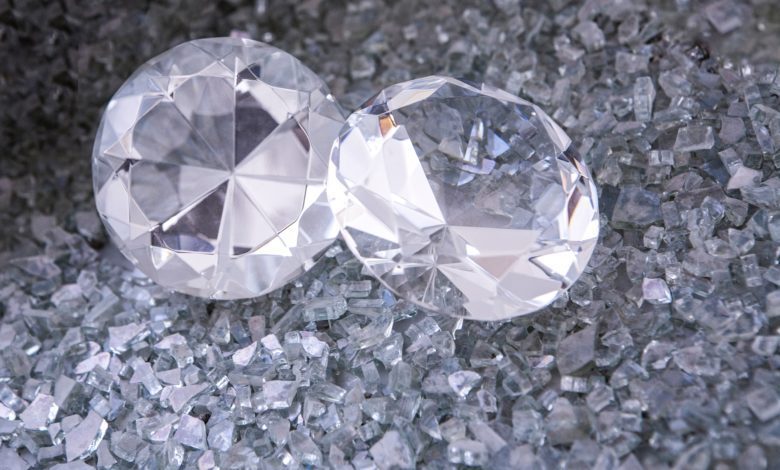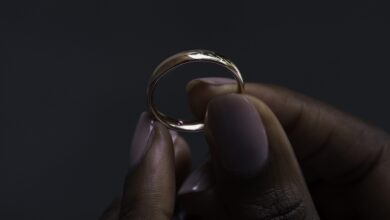De Beers rough diamond production falls 36% in Q2
Looking ahead, production guidance for 2025 is unchanged at 20–23 million carats (100% basis)

Register to get 1 free article
Reveal the article below by registering for our email newsletter.
Want unlimited access? View Plans
Already have an account? Sign in
De Beers Group has reported its rough diamond production in Q3 2025 decreased by 36% to 4.1 million carats, reflecting a planned production response to the prolonged period of lower demand.
In Botswana, production decreased by 44% to 2.7 million carats, as a result of extended maintenance at Orapa, and actions to lower production, which included putting the Letlhakane Tailings Treatment Plant on care and maintenance.
Production in Namibia also declined by 5% to 0.5 million carats, with planned actions to lower production at Debmarine Namibia offset by planned mining of higher grade areas at Namdeb.
Meanwhile, in South Africa, production increased by 17% to 0.6 million carats, reflecting processing of increased volumes of higher-grade underground ore.
Additionally, production in Canada decreased by 46% to 0.4 million carats due to planned treatment of lower grade ore.
In Q2 2025, De Beers sold 7.6 million carats of rough diamonds through its three Sights, generating higher consolidated revenue of $1.18bn (£879.2m) compared with $1.03bn (£767.4) from 7.8 million carats sold in Q2 2024. However, due to lower margins in 2025, Q2 2024 was more profitable overall.
The consolidated average realised price also decreased by 5% to $155/ct (£115.5), reflecting the impact of a change in sales mix, stock rebalancing, as well as a 15% decrease in the average rough price index.
Looking ahead, production guidance for 2025 is unchanged at 20–23 million carats (100% basis).
The group stated that it will continue to monitor rough diamond trading conditions and will respond accordingly.
De Beers said: “Rough diamond trading conditions remained challenged in the first half of 2025. Improved industry sentiment at the end of the first quarter led to stabilisation of polished diamond prices.
“But uncertainty surrounding U.S. tariffs announced in April subsequently slowed polished trading. In contrast to the ongoing challenging trading conditions, consumer demand for diamond jewellery remained broadly stable in the first half of the year.”







